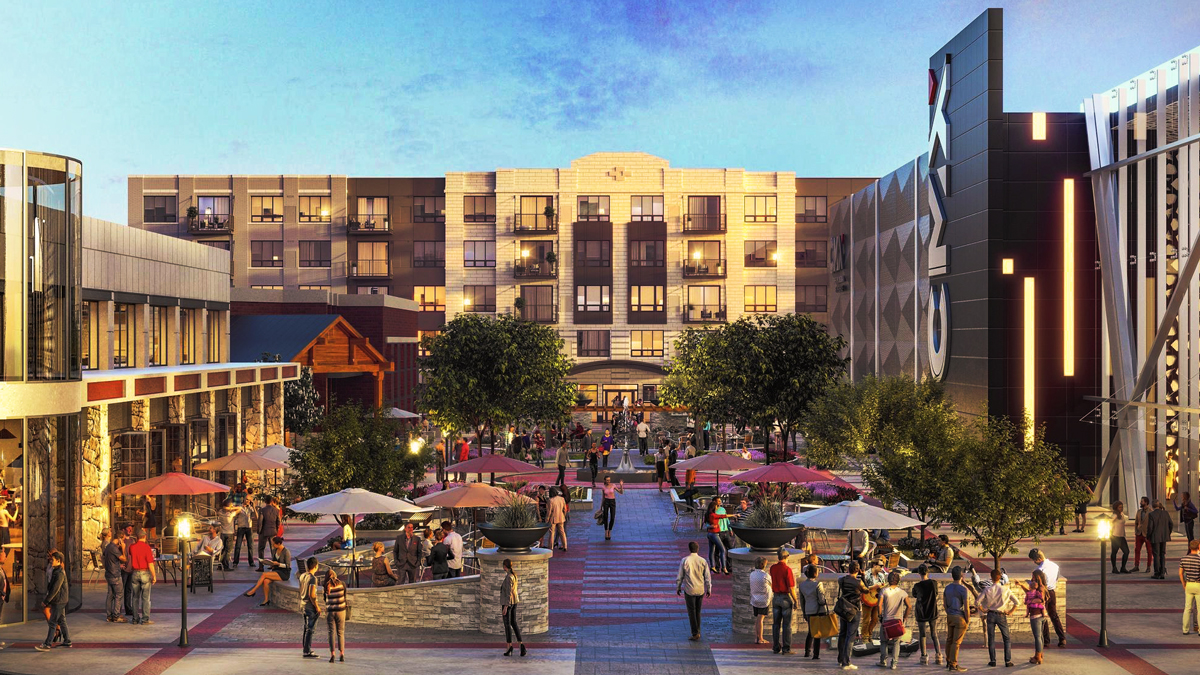Despite nationwide doom-and-gloom over the fate of the retail industry, Chicago saw its storefront vacancy rate fall in the first half of 2018.
The Chicago metro area had a retail vacancy rate of 6.4 percent through the first half of 2018, continuing a trend of decreasing vacancies seen in previous quarters, according to a new report by Newmark Knight Frank. Retail vacancy rates dropped throughout the area, including in the suburbs, where big box retailers and malls have suffered in recent years.
But the biggest dip in retail vacancy came in the city center, where vacancy was at just 4.4 percent, according to the commercial real estate advisory firm. Neighborhoods like Lincoln Park, Logan Square and Andersonville have seen vacancy decline thanks to a boom in new, small retailers and an influx of new residents.
“The outlook for Chicago vacancy remains positive as construction deliveries are minimal,” the report said. “Neighborhood centers anchored by grocers will be the strongest assets, attracting investment as cap rates remain low.”
Suburban vacancy rates have improved by a lack of new retail development. Though big box stores like Toys R Us continue to shutter, backfill from grocers and an emphasis on efficient developments has helped offset losses, according to the report.
The type of new retail space that is working in Chicago’s suburbs are “lifestyle centers” that offer mixed-use, town center developments, according to the report. These developments are urban centers amid suburban sprawl and include residential components and public features.
An example of such a development is The Wheeling Town Center in downtown Wheeling, which is near a Metro station and parks and includes a popular restaurant and movie theater.
“The Wheeling Town Center development is an outstanding example of a successful community oriented, mixed-use development that creates a new destination,” Jim Schutter, senior managing director at Newmark Knight Frank, said in the report.
In fact, Chicago’s suburban retail markets have a lower vacancy rate (7 percent) than downtown Chicago (16.7 percent).
Downtown’s most popular retail destinations are not immune from the changes sweeping through the industry. The Magnificent Mile has a vacancy rate of 12 percent, up from 4 percent in 2015, according to the report.
As e-commerce has siphoned customers away from brick-and-mortar stores, the Magnificent Mile’s flagship stores have had to adapt to keep up with consumer preferences. Niketown, for example, recently introduced a pop-up shop where runners could test new gear on a huge treadmill. Starbucks will open its largest store in the world on Michigan Avenue, which will be one-part coffee shop and one-part brand museum.
The report was a bit of good news for retailers after previous worrisome assessments. In the spring, CBRE reported the city’s retail vacancy rate rose in the first quarter to levels not seen in eight years.
And more good news for retailers: Nationwide sales were up in the second quarter year over year, a positive sign for the overall economy. From April to June, retail sales in the United States grew by 5.9 percent compared to the same period in 2017.
